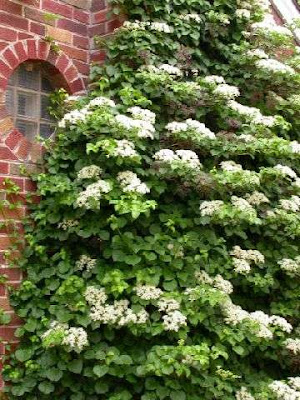Small Garden Design

Formal gardens appeal to those who delight in crisp, neat edges, straight lines and a sense of order. Many traditional suburban gardens are formal in outline, with rectangular lawns flanked by straight flower borders, and perhaps rectangular or circular flower beds cut into them.
A small garden lends itself to being paved throughout. By growing most plants in raised beds or in containers, less bending is involved and many of the smaller plants are more easily appreciated. Climbers can be used to make the most of vertical space.

Some successful gardens are worked out on the ground, in the mind's eye, perhaps visualized during a walk around the garden, or conceived in stages as construction takes place. Attractive small gardens seldom just happen, they are designed. Despite the apparent contradiction, the smaller the garden, the more important good design becomes.

A small garden can be taken in almost at a glance, and the difference between good and bad design, attention to detail or neglect, is immediately obvious. Small gardens can still have a big impact. Size is comparative. There are as many garden styles as there are tastes, and the only criterion for success is whether the result pleases you personally. To add styles and suitable designs to your home garden, buy mailboxes that can match your home garden.

Overall garden design is important, but it is individual features that make a garden special. Major structural decisions such as the type of paving to use, the shape of the lawn, and the types of mailboxes and address plaques you use! Mail Slots, Wall Mount Mailboxes and many more types of residential mailboxes and commercial mailboxes can be found at Mailboxixchange. Mailboxixchange is a distributor of high quality residential mailboxes and commercial mailboxes. You will find curbside decor in addition to the range of residential and commercial mailboxes which they offer at their site. Buy your residential mailboxes together with their beautiful ornaments and address plaques at their site. Add beauty to your gardens. In addition, you can sign up their affiliate program which will pay you $20 instantly.
Labels: address plaques, gardens design, letterbox, pictures of house with gardens

























